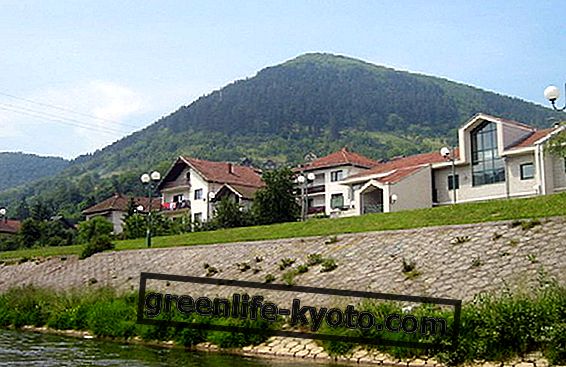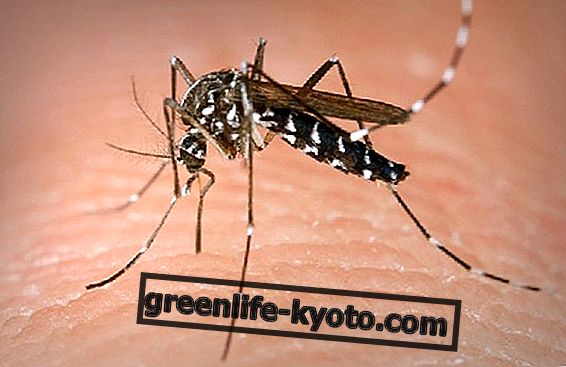
Exploring Tibetan gynecology
Gynecology is a particular branch of traditional Tibetan medicine, which includes both aspects of pediatrics and obstetrics. In the original places where it is practiced, Tibetan gynecology plays a particularly relevant role as Tibetan women were, and still are, culturally reluctant to talk about problems of this type, especially in remote areas and in villages far from inhabited centers and hospitals . This unique cultural confidentiality, also due to social taboos, caused several unexplained deaths in the past. Precisely because of this order, Tibetan doctors have developed over time various diagnostic techniques to detect hidden disorders. Before the advent of scientific discoveries and techniques, these methods were highly useful and valuable to ordinary people.
According to Tibetan gynecology, among the main causes of gynecological disorders and problems there is the bad blood / energy circulation inside the uterus and the related organs. This causes problems such as irregularities in the menstrual cycle, infertility, hormonal and psychological imbalances. Another cause of gynecological disorders is due to inadequate sexual contacts, relative to the Buddhist philosophical corpus.
The therapies used to treat gynecological disorders and to alleviate menopause disorders consist mainly of diet, observation of appropriate behavior, some medicines and other therapies. Herbs and other minerals, external and internal therapies as well as yoga and meditation are used. What Tibetan doctors most recommend is precisely a change in behavior, habits aimed at a lifestyle that contemplates more about one's spiritual and energy health.
The clinical pictures of Tibetan gynecology
Tibetan gynecology includes three general clinical pictures, depending on the phases of the woman's life and her constitutional disorders. The first is the so-called Tragtsab which is identified with the pre-menopause. Menopause is called rLungtsab . The last clinical picture includes common disorders and organic disorders. Traditional Tibetan gynecology includes 42 different disorders .
The Tragtsab . This set of disorders is caused by the high temperature manifested in the blood (house of the Heart), which causes hormonal dysfunctions and therefore irregular menstruation. These disorders generally occur in adult women, after puberty and before the age of fifty. During this time of a woman's life, health depends on the temperature and condition of her blood. The symptoms that occur generally are higher body temperature, headache, irregular menstruation, pain in the lower abdomen, high blood pressure, acne, fibroids and cysts. Therefore, in Tragtsab the symptoms are related to blood and Bile mood, related to the organs mentioned above. There are ten general Tragtsab disorders, affecting the heart, lungs, liver, spleen, kidneys, biliary vesicle, small intestine, o-tsab, Numei, Tragtsab Gorba .
The rLungtsab . In rLungtsab, on the other hand, there are disorders caused by the weakness of the body's energy and the slowness of hormonal function. The result is an increase in wind and heat, especially in the bones (house of the wind). Disorders of this type occur before and after the menopause period. It is in this period that a woman's health depends almost exclusively on the Wind mood and the constitutional temperature of her body. For rLungtsab there are six types of disorders, which concern the head (psychological problems), the bones (osteoporosis), the heart (panic, various phobias, emotional disorders), the kidneys, the stomach and the small intestine.
Finally, as regards common gynecological disorders and physical disorders, we will have pathologies such as dysmenorrhea, cysts, tumors, sexual abstinence disorders and other disorders affecting pregnancy and the postpartum phase.












